
Rethinking the life of a mine
What happens to a closed mine? Instead of simply abandoning a site, mines of today need a closure plan.
Transform a mine


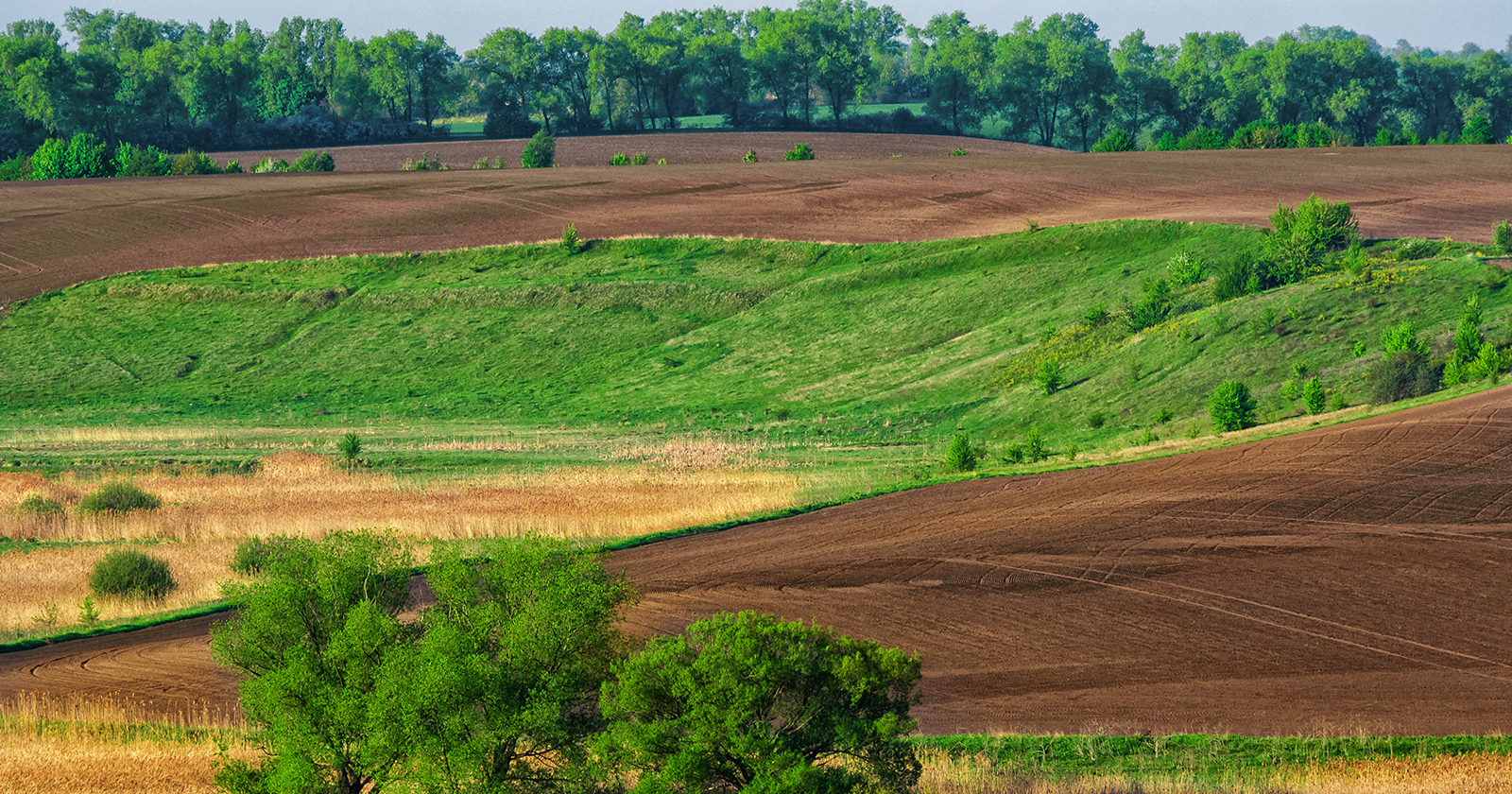
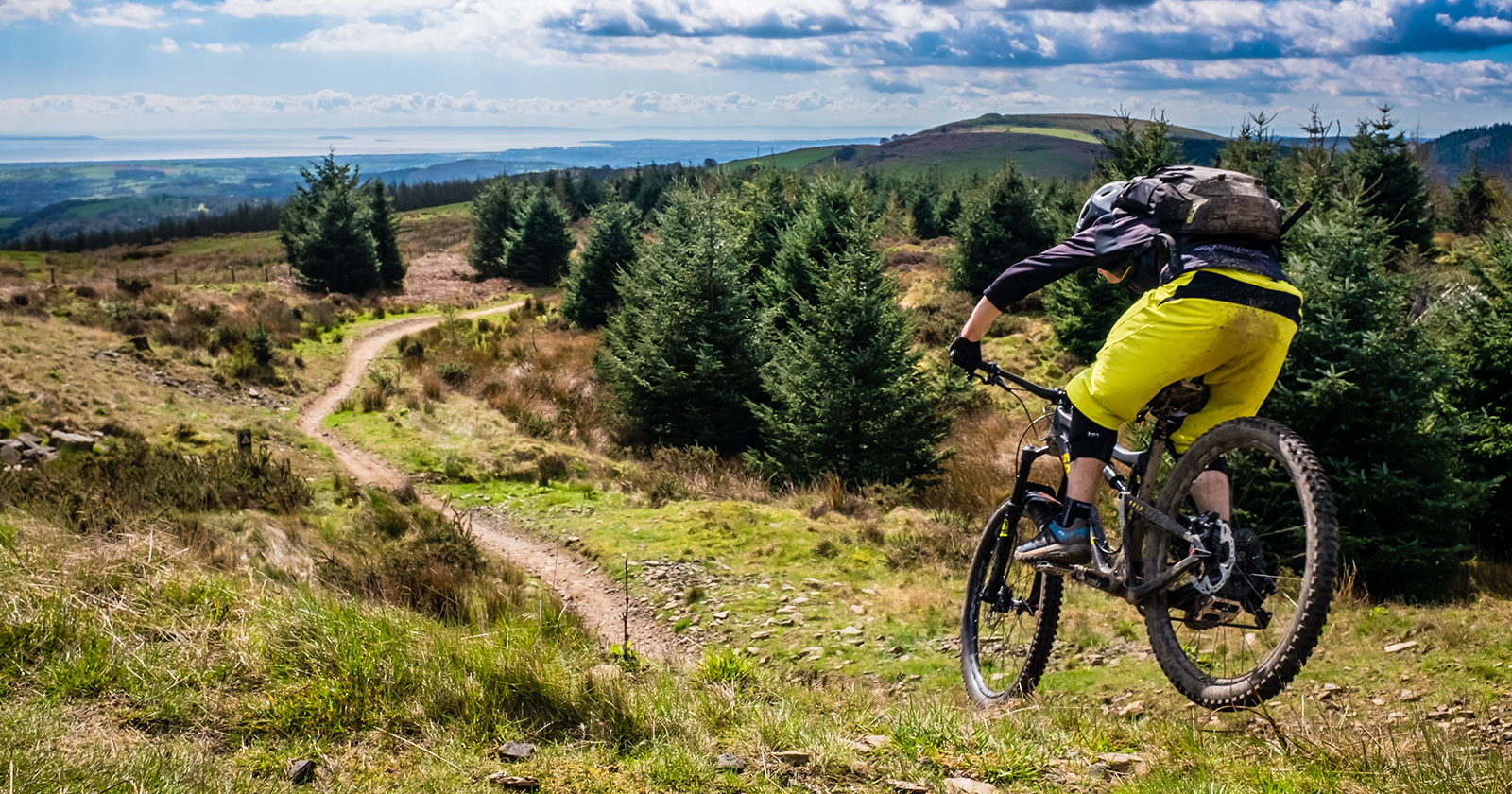
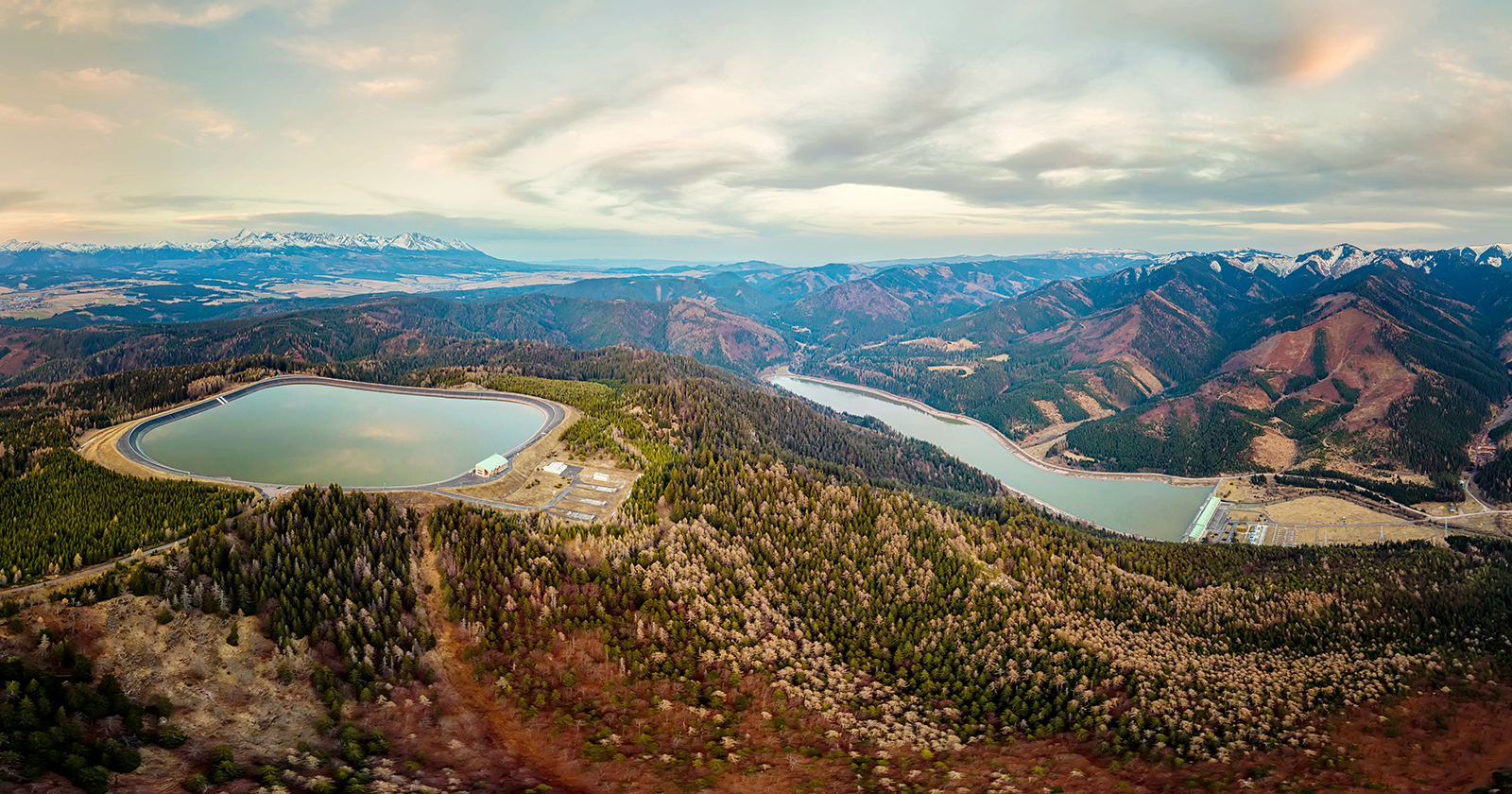
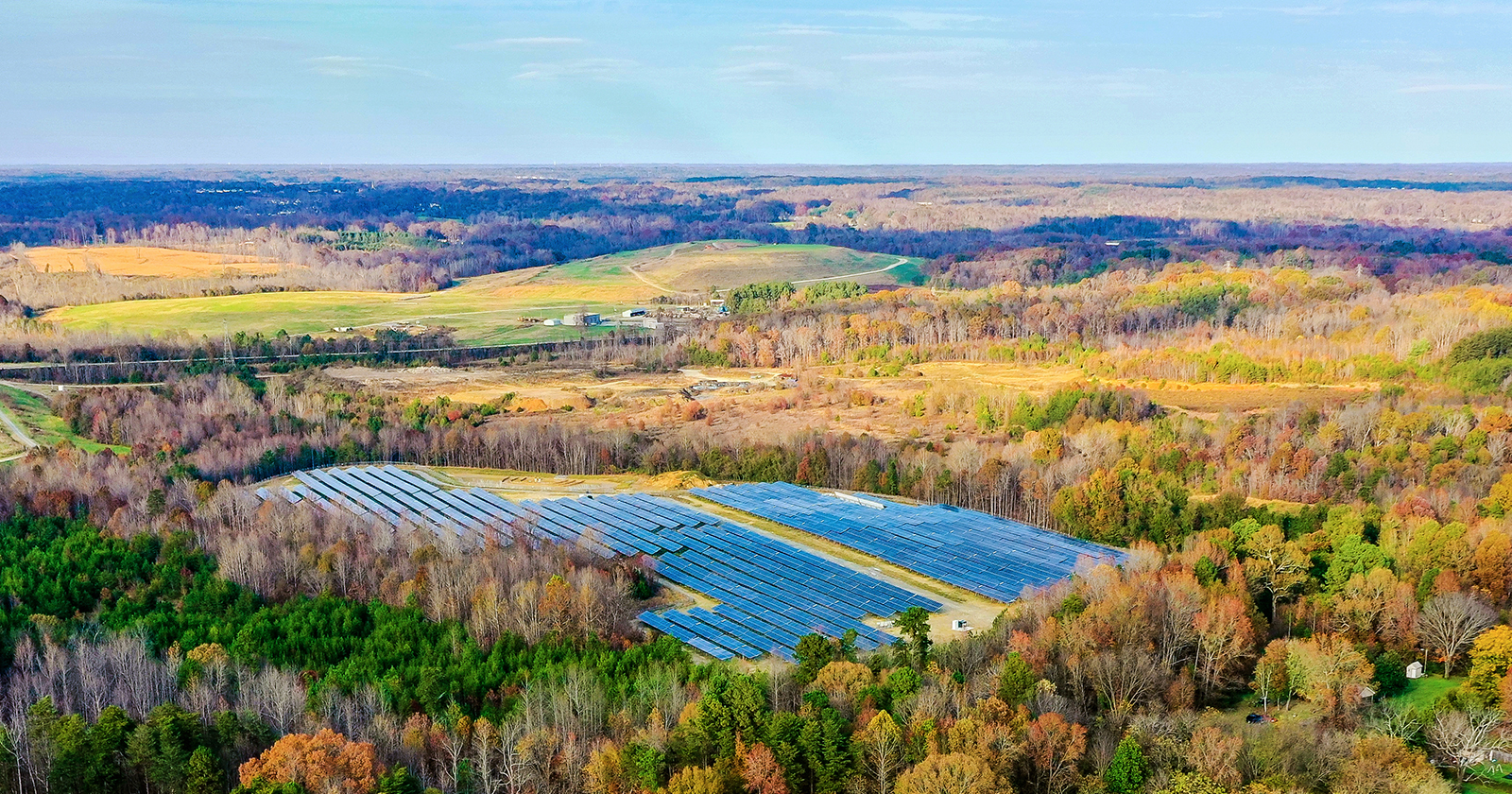

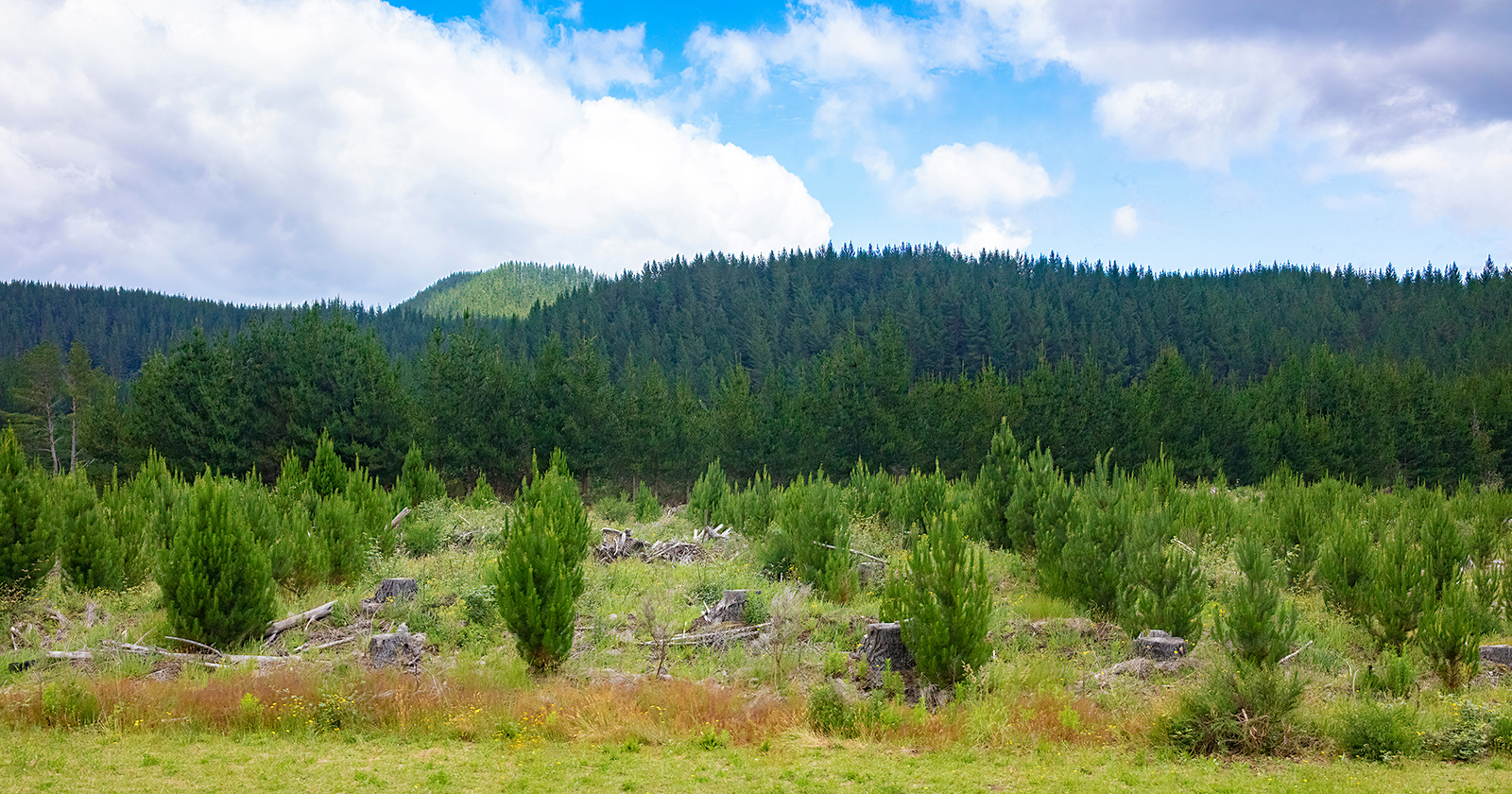
Choose agaiN
Farmland is already cleared of trees and structures. Sometimes it’s used as a temporary mining site. Once the mining is done, agricultural land can be restored and go back to producing food.
Transforming mining lands for beneficial public use is a great option. For example, the Pikeview Quarry is transitioning into a recreation park for the Colorado Springs community.
Pumped storage is a great renewable energy option for open pit mine closure. Learn more about a pumped water renewable energy project in Southern Australia.
Developing green energy infrastructure on a brownfield power-generating site has a satisfying symmetry. Learn more about going from coal to solar in Nanticoke, Ontario.
Our mining and ecological teams restored wildlife habitat by resloping mine waste rock. This project was a big win for the caribou population in British Colombia.
Large swaths of land that were once used for industrial sites can be replanted and become an asset for carbon sequestration. Companies can then measure carbon sequestration via remote sensing.��

In Bristol, UK, a historic coal mine site was transformed into new grounds for residential use. Mining professionals mitigate geotechnical and chemical hazards before repurposing it.
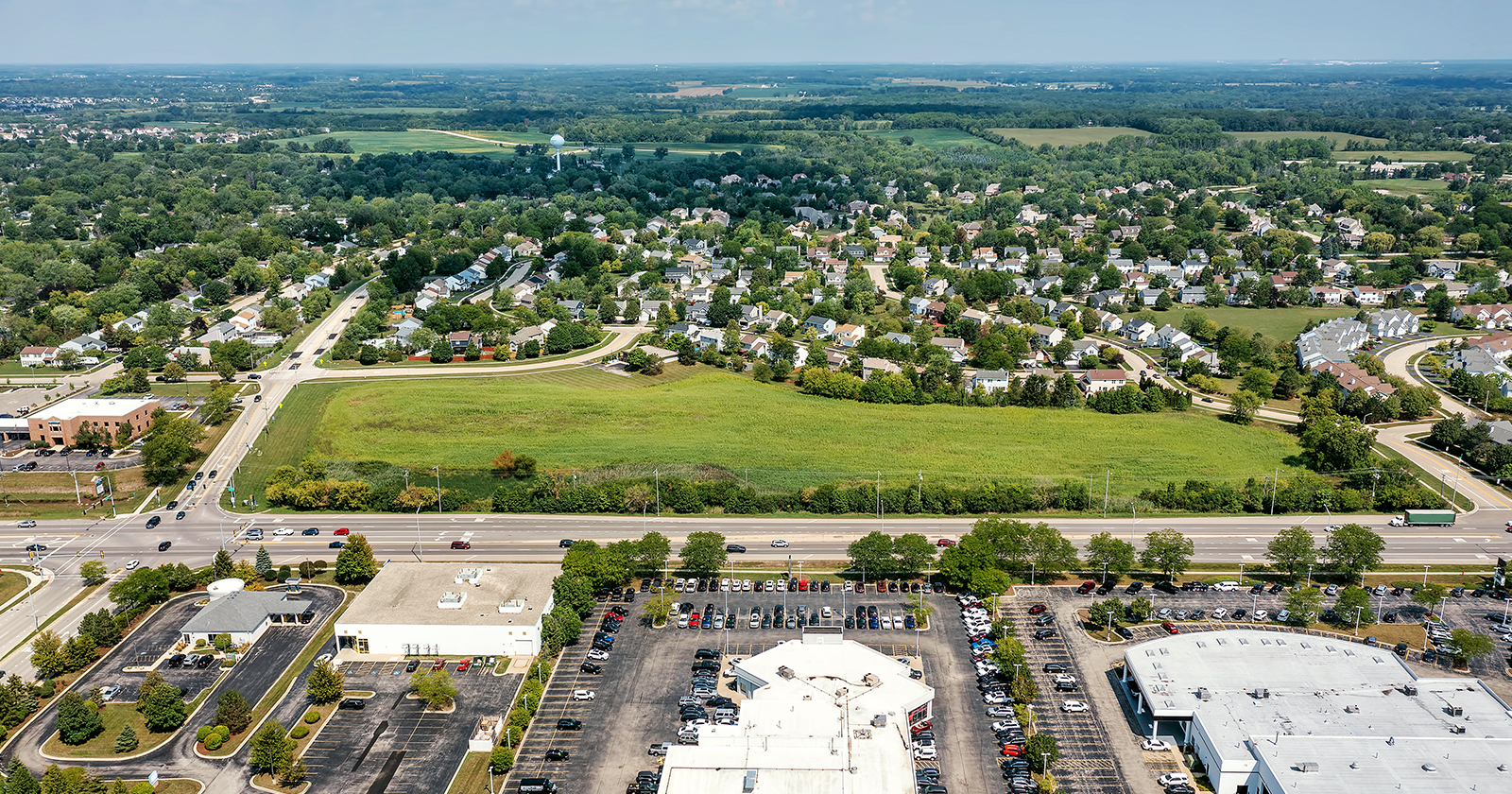
An aging mining and metallurgy testing area was transformed into a modern space that incorporates the community’s needs to live, work and play.
Mining companies can partner with traditional landowners to restore and return the land. Learn more about Rio Tinto’s Argyle Diamond Mine and the natural ecosystem reclamation in Australia.
You returned to the original landowners!
You reused land for agriculture!
You restored land for biking!
You created a renewable energy system!
You built a solar farm!
You rebuilt wildlife habitat!
You replanted a forest!
You created a housing development!
You created a mixed-use development!

Learn how we did it
Start with the end in mind
Many mines in operation today are reaching the end of their lifespan. So what happens once an orebody is depleted? In the past, many mines were abandoned.
Today, mines must have a closure plan in place before they even begin. A modern approach to mine closure is to appreciate that the mine has given everything it can to us and now it’s entering its next chapter.
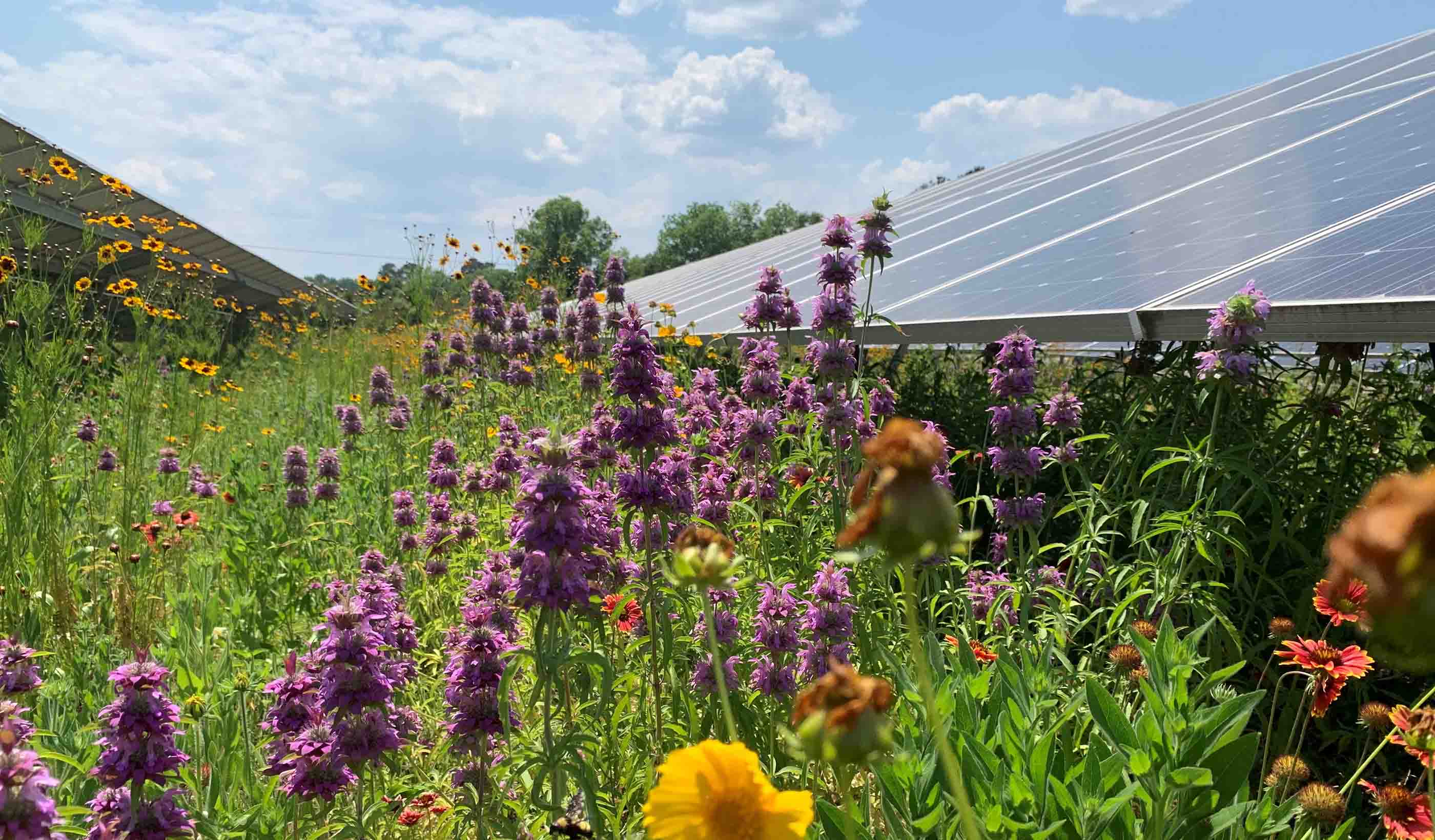




How does mine closure work?
planning
stability
Transformation
1
Plan ahead for closure
The best opportunity for making impactful closure decisions happens early in the mine’s life. Early engagement aids in community acceptance and mitigates surprises at the end of a project. It also reduces cost and leaves a positive legacy for the community.
Rehabilitation monitoring at an active site
Mine closure planning software


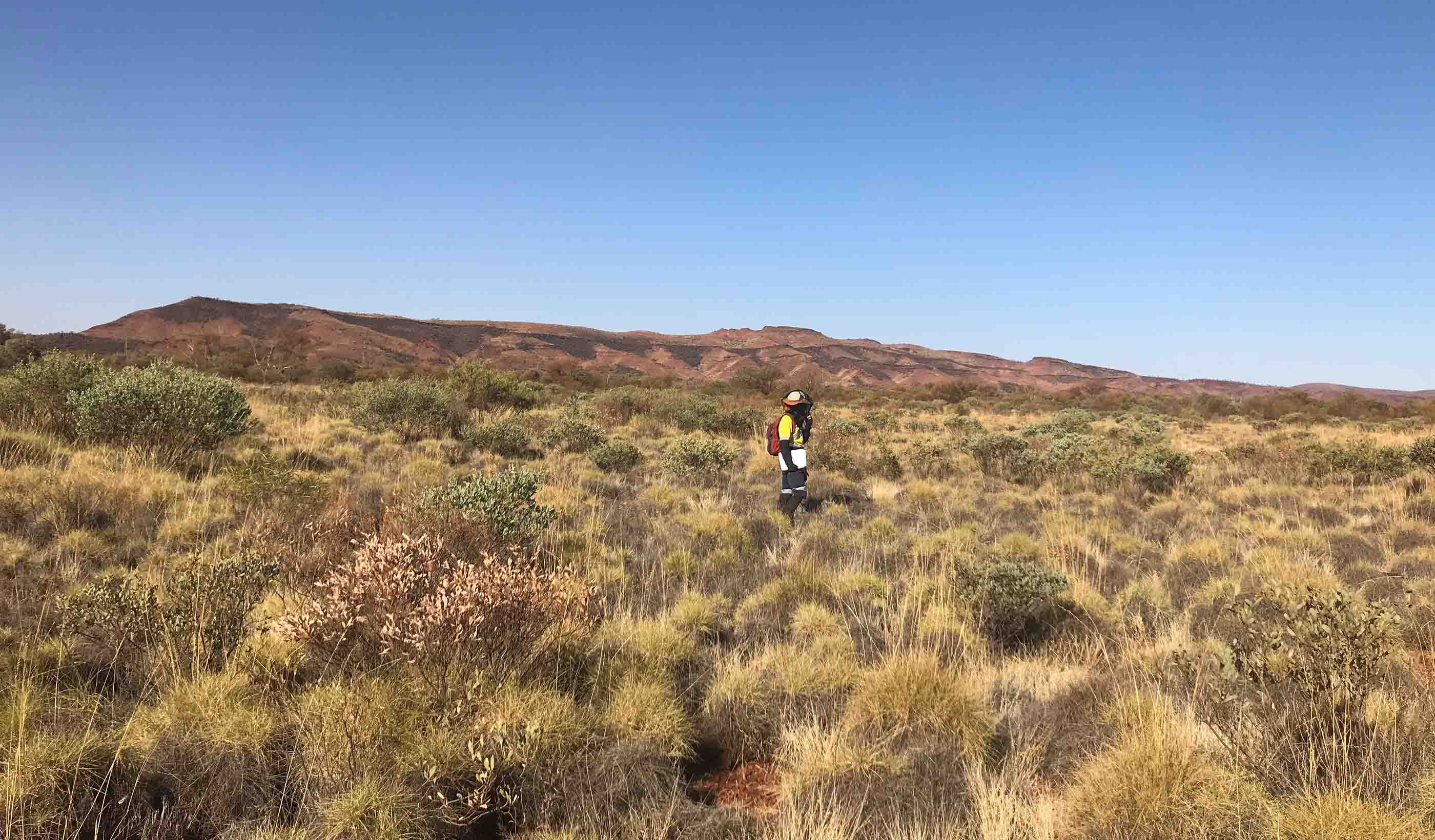
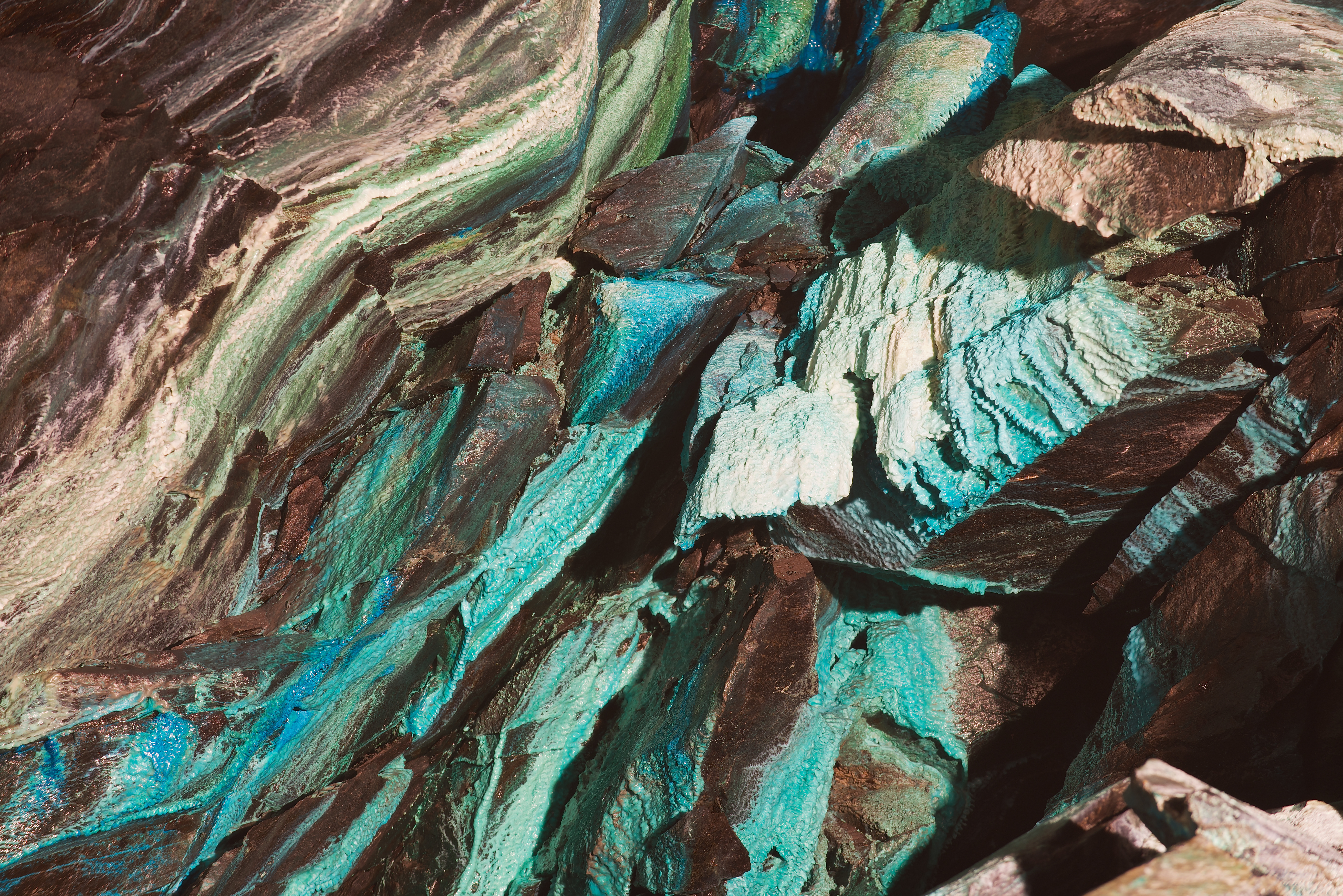

Learn More
Learn More
Chemical stability–treating metal-impacted water
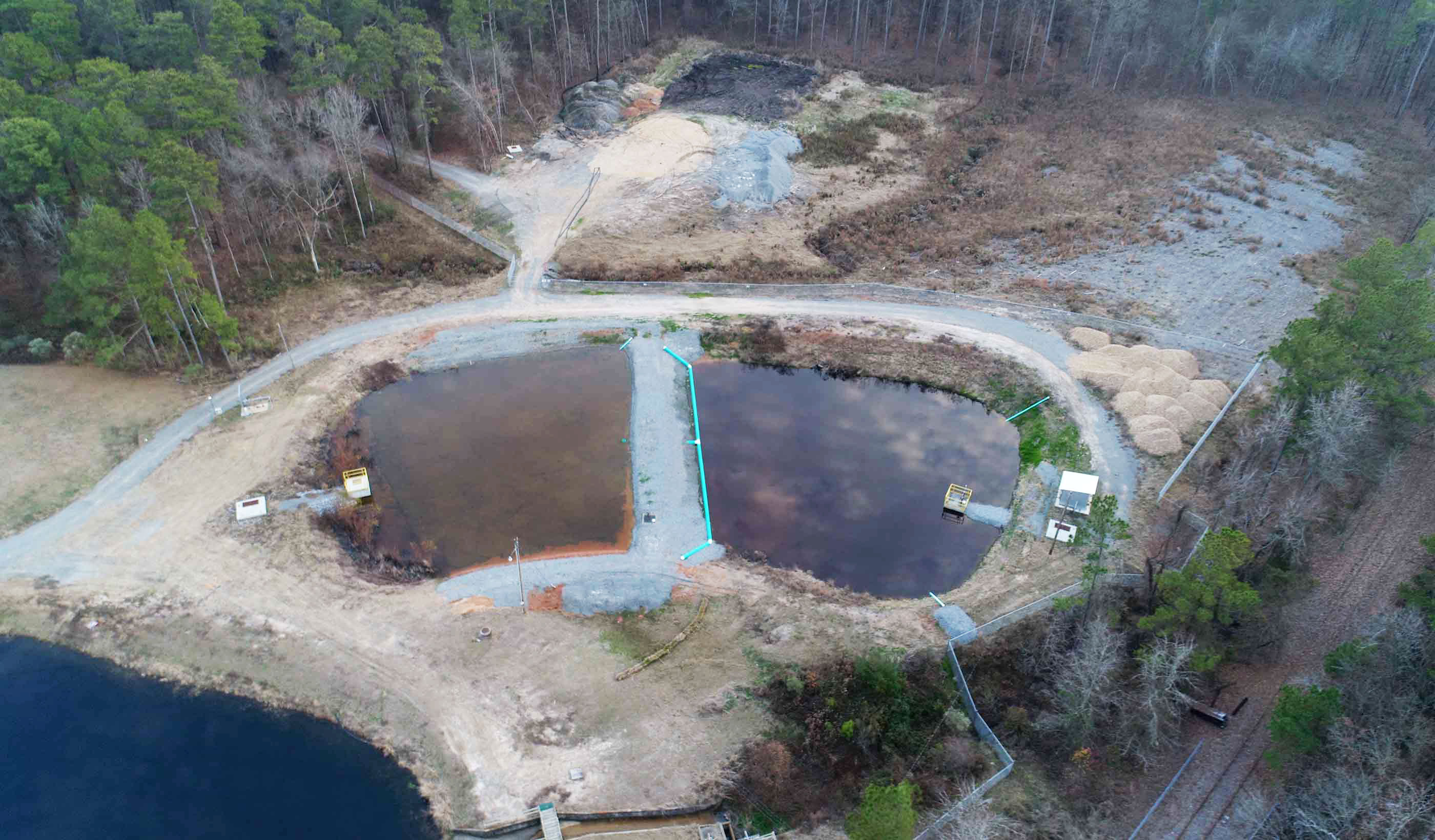
Learn More
Physical stability–regrading at a copper mine
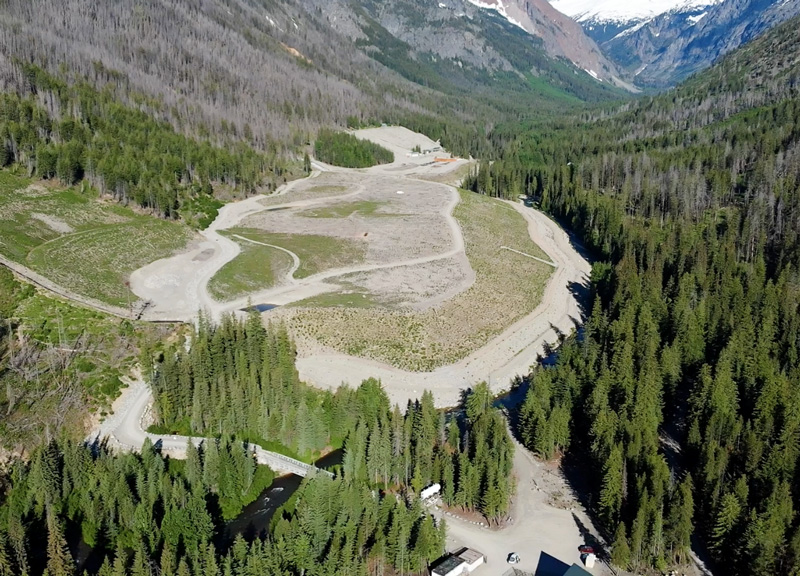
Learn More
If a mine site has not been planning for closure, or was abandoned, site assessment and stability evaluation are the first steps in closure. Overall site stability refers both to environmental—mitigating soil or water contamination, and physical—grading or sloping the ground.
Begin with the basics
2
Balancing restoration and asset transformation
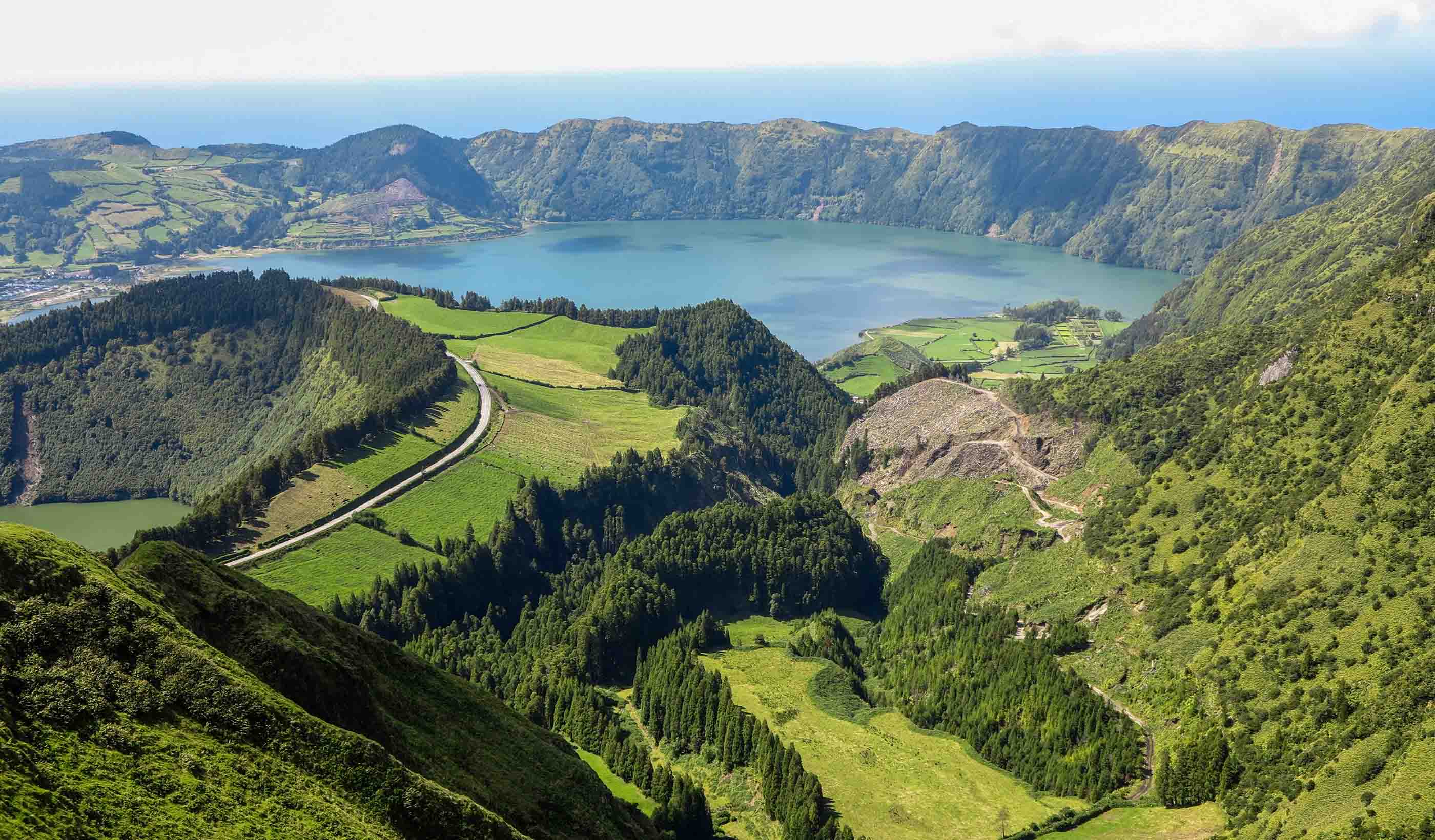
Learn More
Pumped storage for a sustainable energy future
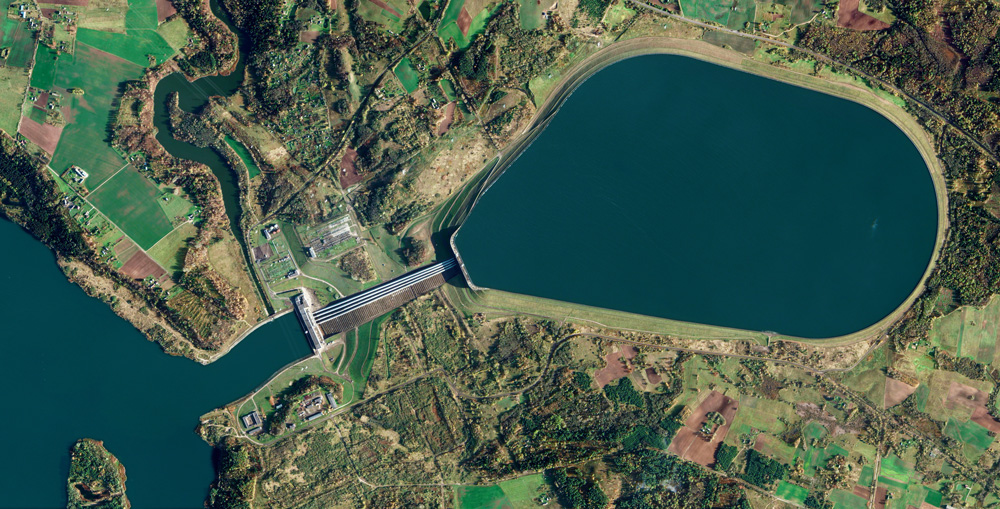
Learn More
A closed mine deserves to be reborn as something new. A poetic option is to develop a mine site into a renewable energy site, so the land can continue to generate resources.
A mine site reborn
3
Make your mine closure simpler and connect with an expert.

Contact us


Learn how we did it
Choose again

Learn how we did it
Choose again

Learn how we did it
Choose again

Learn how we did it
Choose again

Learn how we did it
Choose again

Learn how we did it
Choose again

Learn how we did it
Choose again

Learn how we did it
Choose again

Learn how we did it
Choose agaiN

Learn how we did it
Choose agaiN

Learn how we did it
Choose agaiN

Learn how we did it
Choose agaiN

Learn how we did it
Choose agaiN

Learn how we did it
Choose agaiN

Learn how we did it
Choose agaiN

Learn how we did it
Choose agaiN


Choose agaiN

Choose agaiN


Choose agaiN
Choose agaiN

Choose agaiN

Choose agaiN

Choose agaiN


Choose agaiN
1
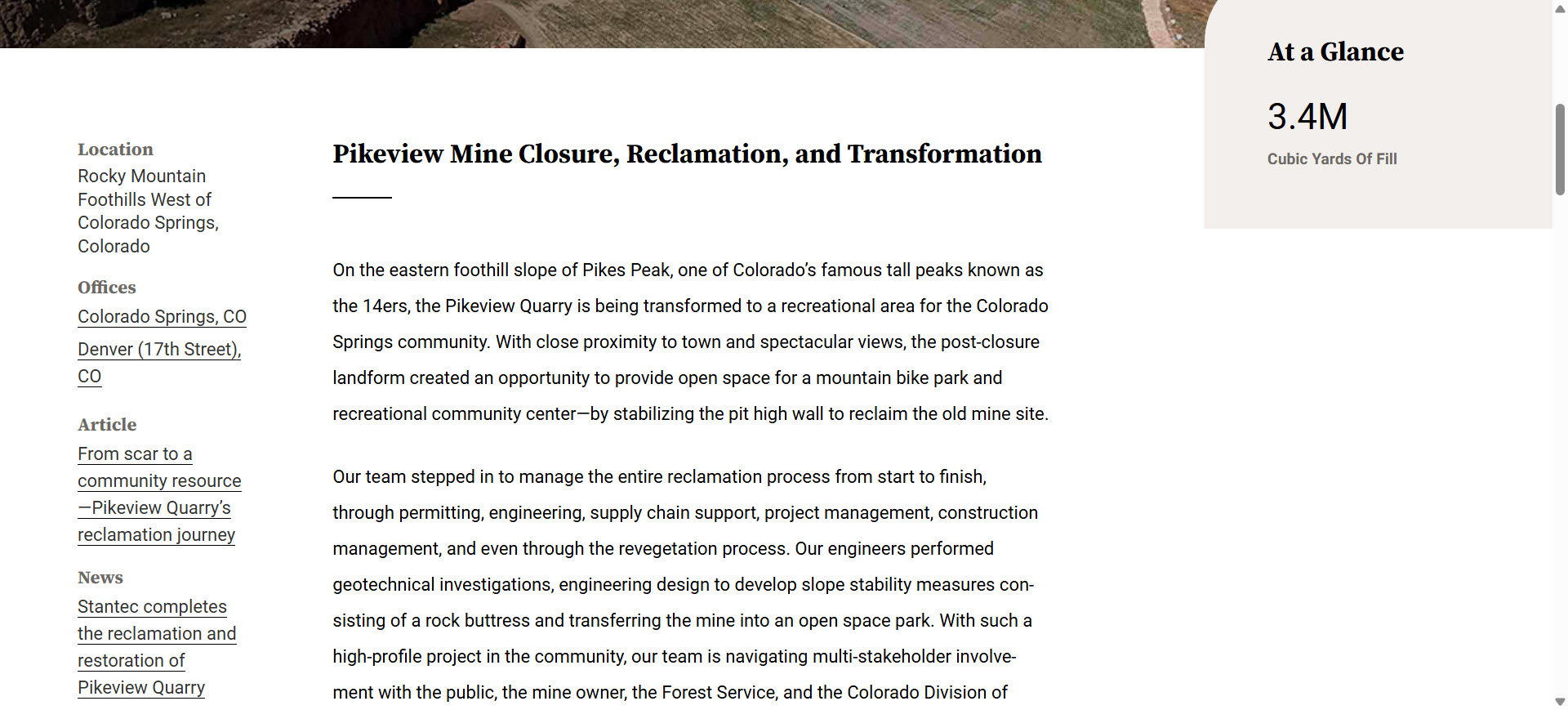
Cubic Yards of Fill
Location
Pikeview Mine

Phillip Crouse
Principal, Mining, Minerals & Metals
2
3
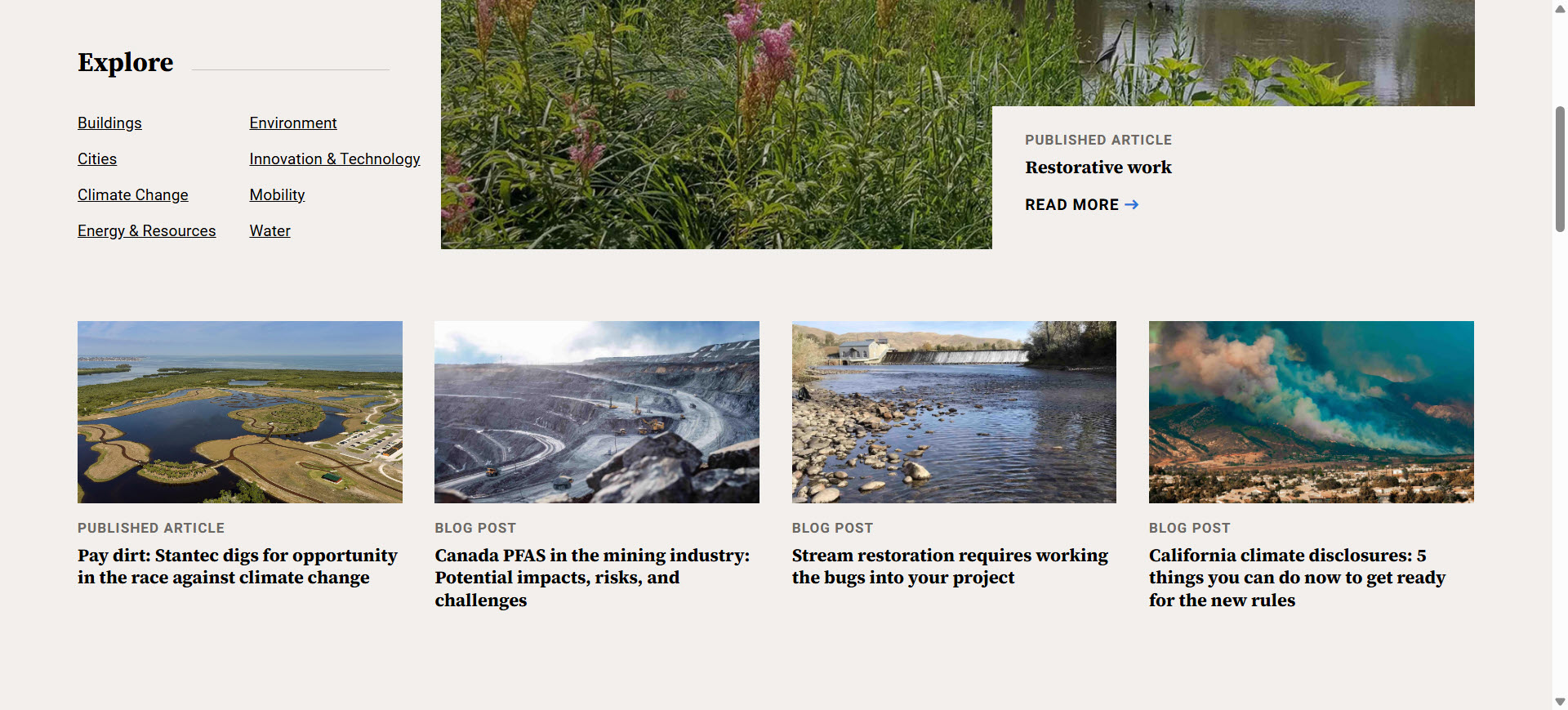
Water

Learn More

Learn More

Learn More

Learn More

Learn More

Learn More
Choose agaiN
Choose agaiN
Choose agaiN
Choose agaiN
Choose agaiN
Choose agaiN
Choose agaiN
stability
stability
Planning

Contact us
Choose agaiN
Choose agaiN
Choose agaiN
Choose agaiN
Choose agaiN
Choose agaiN
Choose agaiN